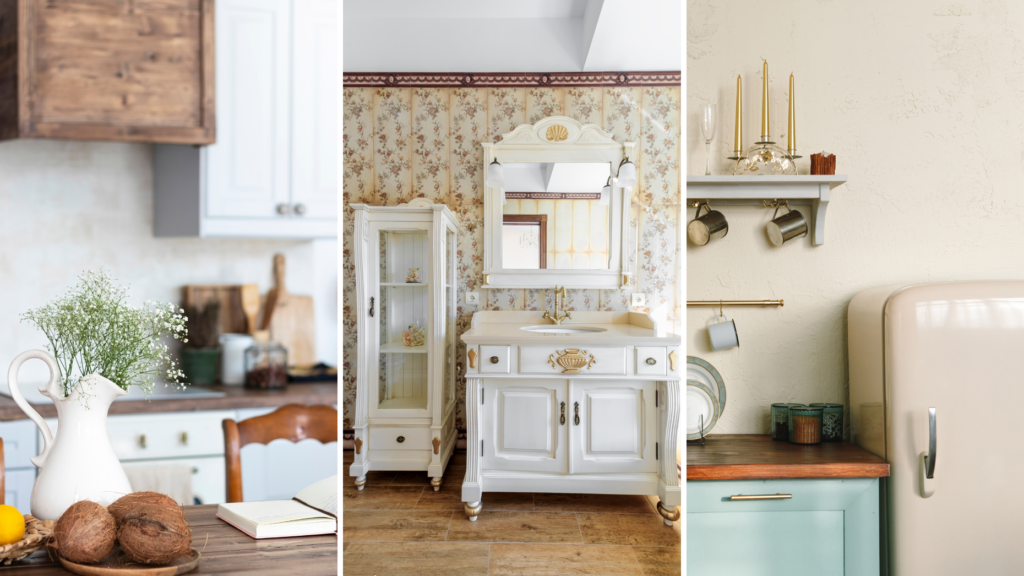Inman contributor Gerard Splendore delves into the evolution of kitchens and bathrooms over the decades, showcasing key historical shifts and design trends.
Are you ready to take bold steps forward in your real estate business? Join us at Inman Connect New York from Jan. 22-24, 2025, and be part of the Next Chapter.
Explore the entire series that traces the evolution of kitchens and bathrooms all the way back to 1900.
Over the years, kitchens and bathrooms have undergone significant transformations, reflecting changing tastes, technological advancements, and economic influences. Each decade has left a unique imprint on these essential spaces in our homes, shaping their appearance, functionality, and usability.
Gerard Splendore, an Inman contributor, leads us through these changes, highlighting how historical events and technological advancements have impacted these integral parts of our homes.
Understanding the distinctive trends in kitchen and bathroom design from each era can help real estate professionals connect with clients and offer valuable insights during the home buying process. Below, we break down the iconic styles and innovations in kitchen and bathroom design from each decade. Click the links to explore how these spaces have evolved over time.
While homes and their occupants have evolved over time, kitchens and bathrooms have seen the most innovations and adaptations. Explore these trends and witness the evolution for yourself. Read more.
Having knowledge of different design and architectural eras provides agents with an edge when working with clients, both buyers and sellers. In the 1920s, kitchens were designed more for food preparation and serving rather than storage and cabinet space. Read more.
The introduction of Art Deco design marked a departure from traditional housing styles, ushering in a new era in home architecture. Learn more about homes from this period. Read more.
The 1930s saw the emergence of modern design, influenced by Art Deco and Art Nouveau, shaping the styles and colors of bathrooms and kitchens in American homes. Read more.
Understanding the evolution of housing styles, including kitchens and baths, can benefit today’s real estate agents. Discover the innovations and design details of homes from the 1940s. Read more.
Travel back to the 1950s, a time when pastels and metals dominated kitchen and bathroom design. The charm of this era’s design changes is still appreciated by enthusiasts of vintage fixtures. Read more.
With an explosion of color, glamour, and innovation, kitchens and bathrooms in the 1960s exuded style. Uncover the secrets of this era. Read more.
Following the vibrancy and creativity of 1960s design, the 1970s reflected a more subdued approach, mirroring the political, economic, and financial concerns of the time. Read more.
The 1980s embraced a “more is more” design philosophy, characterized by innovative building techniques and styles. Explore the kitchens and bathrooms of this era. Read more.
Homes from this period, whether single-family or multifamily, are entering the market nationwide. Updates and renovations are necessary to meet the needs of today’s buyers in terms of construction methods, materials, mechanical systems, windows, and design features. Read more.
Discussing style, features, and the evolving lifestyle of homeowners from one decade to the next can benefit agents in serving their clients. Read more.
Being knowledgeable about these trends and engaging in discussions with buyers and sellers will give Realtors a competitive advantage. Recommending modern updates to sellers before listing their properties can enhance an agent’s influence. Read more.
Explore smart home solutions and the future of residential spaces. Read more.
Gerard Splendore is a licensed associate real estate broker with Coldwell Banker Warburg in New York.
You can reach out to him on LinkedIn.

